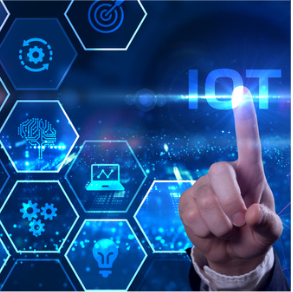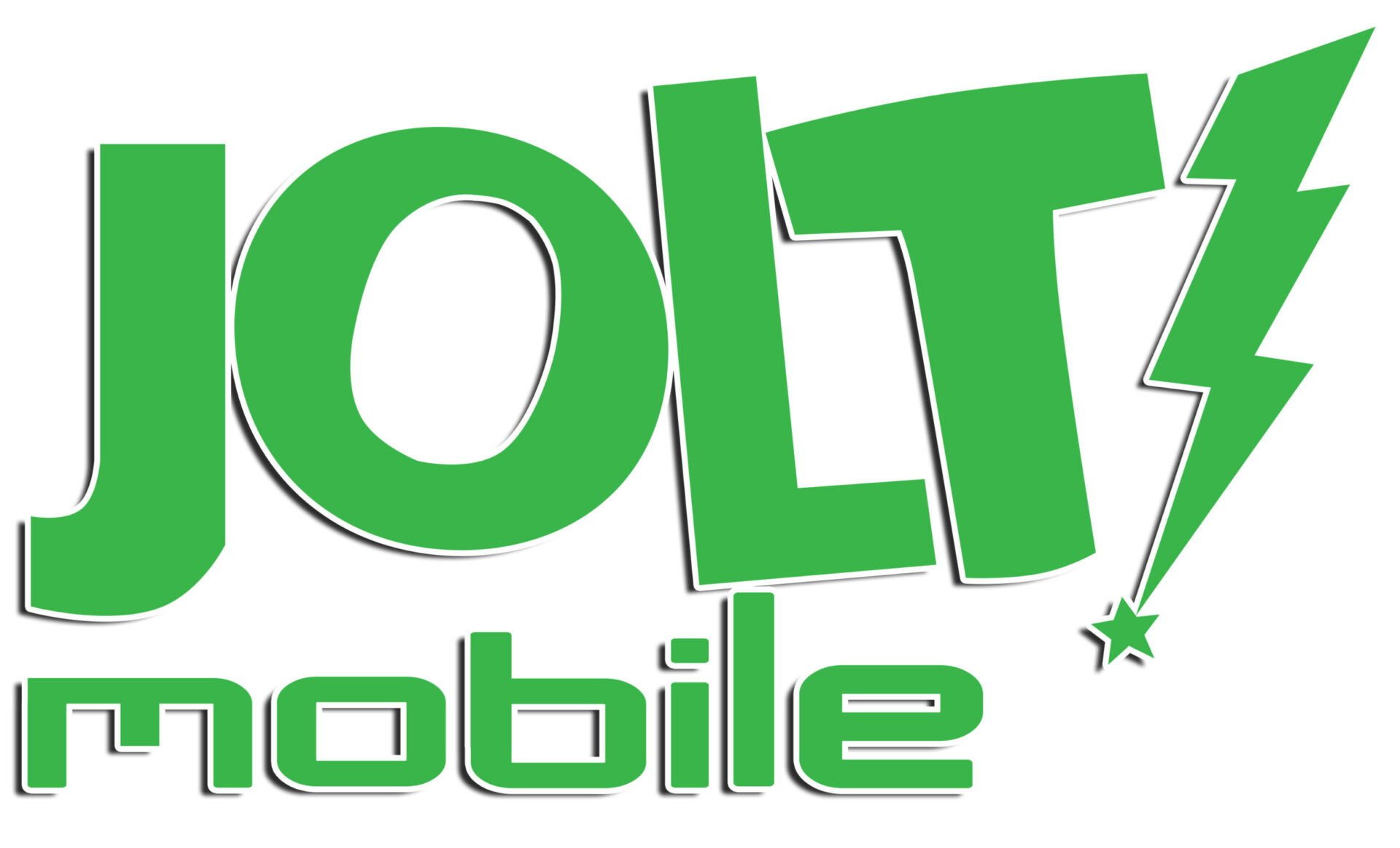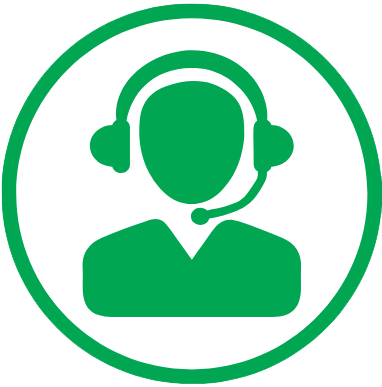Introduction to IoT in Healthcare
The Internet of Things (IoT) has revolutionized various industries, and healthcare is no exception. IoT in healthcare refers to the interconnected network of medical devices, sensors, and software applications that collect, analyze, and share data to improve patient care, streamline operations, and enhance overall efficiency. The integration of IoT in the healthcare sector has opened up new possibilities for remote monitoring, preventive care, and personalized treatment. By leveraging the power of connected devices, healthcare providers can access real-time data, enabling them to make informed decisions and provide timely interventions.

Benefits of IoT in Patient Care
The implementation of IoT in healthcare has brought about numerous benefits for patients, healthcare professionals, and the industry as a whole. Here are some of the key advantages:
Improved Patient Monitoring
Wearable devices and implantable sensors allow healthcare providers to continuously monitor patients’ vital signs, such as heart rate, blood pressure, and blood glucose levels. This real-time data enables early detection of potential health issues and facilitates prompt interventions, reducing the risk of complications and hospitalizations. For example, a smartwatch equipped with an ECG sensor can detect irregular heart rhythms, alerting both the patient and their healthcare provider for timely intervention.
Enhanced Medication Adherence
IoT-enabled medication dispensers and smart pill bottles can remind patients to take their medications at the prescribed times. These devices can also track medication adherence and alert healthcare providers if a patient misses a dose, ensuring better treatment outcomes. By improving medication adherence, IoT solutions can help prevent complications and reduce healthcare costs associated with non-adherence.
Personalized Care
By collecting and analyzing data from various sources, including wearable devices, electronic health records (EHRs), and genomic data, IoT systems can provide personalized treatment plans tailored to individual patient needs. This approach leads to more effective and efficient care, improving patient outcomes and reducing healthcare costs. For example, a patient’s genetic profile and lifestyle data can be used to develop a customized treatment plan for a chronic condition, increasing the chances of successful management.
Wearable Devices Transforming Healthcare
Wearable devices like smartwatches and fitness trackers are gaining popularity in healthcare, tracking various health metrics such as heart rate and sleep patterns. They enable patients to actively manage their health and offer healthcare professionals valuable data for timely interventions. Moreover, integrating these devices with IoT platforms enhances remote patient monitoring and informed decision-making through real-time data analysis.
IoT-Enabled Remote Patient Monitoring
IoT in healthcare, particularly through remote patient monitoring (RPM), allows for distance health condition monitoring by healthcare providers. This reduces hospital visits and facilitates early intervention. IoT-enabled RPM involves wearable or home-based systems transmitting patient data for healthcare analysis and treatment planning. It’s especially useful for chronic conditions like diabetes or heart disease, improving patient outcomes by enabling continuous health parameter monitoring and treatment adjustments.
Improving Hospital Efficiency with IoT
IoT technologies are not only transforming patient care but also enhancing operational efficiency within healthcare facilities. By leveraging IoT solutions, hospitals can streamline various processes, leading to cost savings and improved resource utilization.
Asset Tracking and Management
IoT-enabled asset tracking systems can monitor the location and status of medical equipment, such as wheelchairs, defibrillators, and infusion pumps. This ensures that the right equipment is available when and where it’s needed, reducing the time and resources spent searching for misplaced items. Additionally, asset tracking can help optimize equipment utilization and maintenance schedules, prolonging the lifespan of valuable medical devices.
Inventory Management
IoT sensors can track the stock levels of medical supplies, medications, and other consumables. This real-time inventory data helps healthcare facilities optimize their supply chain, reduce waste, and avoid stockouts, ensuring uninterrupted patient care. Automated inventory management systems can also streamline ordering processes, reducing the administrative burden on healthcare staff.
Environmental Monitoring
IoT sensors can monitor various environmental factors within healthcare facilities, such as temperature, humidity, and air quality. This data can be used to maintain optimal conditions for patient care, equipment storage, and medication preservation, ensuring compliance with regulatory standards. For example, IoT sensors can alert staff if the temperature in a medication storage area falls outside the recommended range, preventing potential spoilage or degradation of critical drugs.
Challenges and Security Concerns
IoT in healthcare brings benefits but faces security risks, with data privacy and vulnerability to cyber attacks being major concerns. Strong cybersecurity, including encryption and access controls, is essential. Challenges also include interoperability issues due to diverse technologies, requiring standardization and open protocols. Additionally, IoT implementation demands significant investment in infrastructure and training, necessitating careful cost-benefit analysis and planning for effective integration.
Real-World Applications of IoT in Healthcare
IoT in healthcare is not just a theoretical concept; it is already being implemented in various real-world scenarios. Here are some examples:
Remote Cardiac Monitoring
Companies like AliveCor have developed ECG devices that can be connected to smartphones, allowing patients to monitor their heart health and share the data with their healthcare providers remotely. These IoT-enabled solutions enable continuous monitoring and early detection of potential cardiac issues, reducing the risk of heart attacks and other cardiovascular complications.
Glucose Monitoring for Diabetes Management
Continuous glucose monitoring (CGM) systems, such as those offered by Dexcom and Abbott, use IoT-enabled sensors to track blood sugar levels in real-time, helping diabetic patients better manage their condition. These devices can alert patients and healthcare providers to high or low blood sugar levels, enabling timely interventions and reducing the risk of complications associated with uncontrolled diabetes.
Smart Inhalers for Asthma Management
Internet of Things-enabled inhalers, like those developed by Propeller Health, can track medication usage, monitor environmental triggers, and provide personalized feedback to help asthma patients better control their condition. By analyzing data from smart inhalers, healthcare providers can identify patterns, adjust treatment plans, and provide targeted education to improve asthma management and reduce the risk of severe asthma attacks.
The Future of IoT in the Medical Industry
The future of IoT in healthcare is promising, with ongoing advancements in technology and increasing adoption by healthcare providers and patients alike. Here are some potential developments we can expect:
Artificial Intelligence (AI) and Machine Learning (ML)
The integration of AI and ML with IoT systems will enable more accurate data analysis, predictive modeling, and personalized treatment recommendations, further enhancing patient care and improving healthcare outcomes. By leveraging the power of AI and ML, Internet of things solutions can identify patterns and trends in patient data, enabling early detection of potential health issues and facilitating proactive interventions.
5G and Edge Computing with IoT
The advent of 5G technology and edge computing will enable faster data transmission and processing, allowing for real-time monitoring and decision-making, even in remote or resource-constrained environments. With 5G connectivity and edge computing, IoT devices can transmit and process data with minimal latency, enabling real-time monitoring and rapid response to critical health events.
Telemedicine and Virtual Care
IoT-enabled telemedicine solutions will become more prevalent, allowing healthcare providers to remotely monitor and treat patients, reducing the need for in-person visits and improving access to care, especially in underserved areas. By integrating IoT devices with telemedicine platforms, healthcare providers can remotely monitor patients’ vital signs, provide virtual consultations, and adjust treatment plans as needed, improving the quality and accessibility of healthcare services.
Precision Medicine
The combination of IoT, genomic data, and advanced analytics will pave the way for precision medicine, where treatments are tailored to an individual’s unique genetic makeup, lifestyle, and environmental factors, leading to more effective and personalized care. By integrating IoT data with genomic information and other patient-specific factors, healthcare providers can develop personalized treatment plans that target the root causes of diseases and optimize treatment outcomes.
FAQ
Q: Is IoT in healthcare secure and compliant with data privacy regulations?
A: IoT in healthcare must prioritize data privacy and security, adhering to regulations like HIPAA and GDPR. Robust measures like encryption and access controls are essential. Ongoing security assessments and adherence to best practices are crucial for safeguarding patient data.
Q: How can IoT improve medication adherence?
A: IoT devices like smart pill bottles can remind patients to take medications and track adherence. They notify healthcare providers of missed doses, leading to better outcomes, reduced complications, and lower healthcare costs.
Q: Can IoT help in remote areas with limited healthcare resources?
A: Yes, IoT solutions like telemedicine and remote patient monitoring extend healthcare access to remote areas. They enable remote treatment, reducing the need for in-person visits and improving healthcare access and quality in underserved regions.
Q: How can IoT improve hospital operations and efficiency?
A: IoT enhances hospital operations through asset tracking, inventory management, and environmental monitoring. It streamlines processes, optimizes resource use, and ensures critical equipment availability, improving patient care and reducing costs.
Q: What are the potential challenges and limitations of IoT in healthcare?
A: Challenges include data security, interoperability issues, and the need for cybersecurity measures. Adoption requires investment in infrastructure and training. Healthcare organizations must carefully weigh costs and benefits and develop strategies for successful implementation.
In conclusion, IoT integration in healthcare transforms patient care with remote monitoring and personalized treatment. While challenges exist, ongoing technological advancements drive innovation. IoT’s role in improving outcomes, reducing costs, and enhancing care quality is pivotal in the connected healthcare future.





